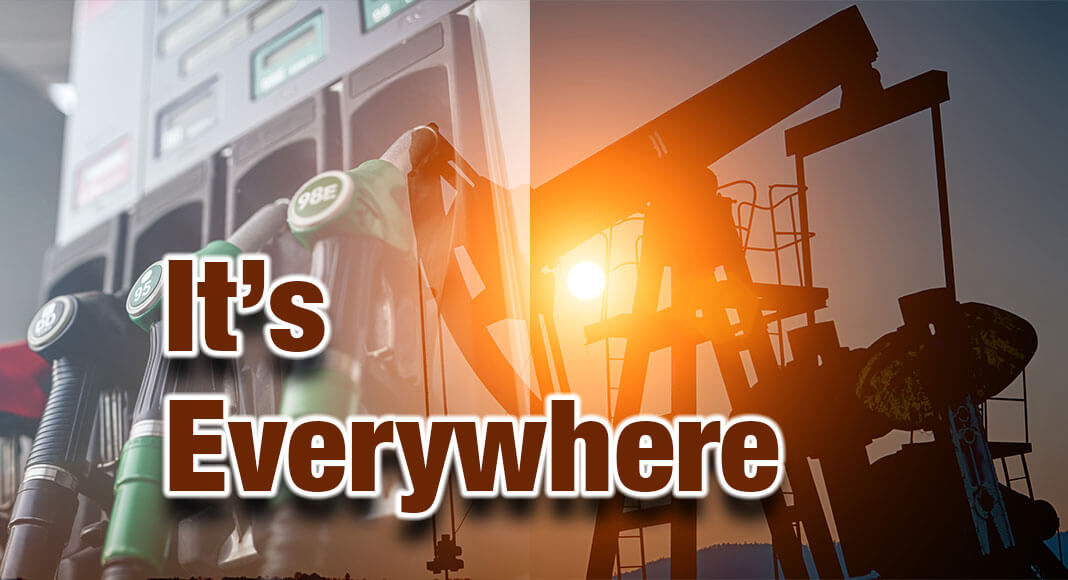
Texas Border Business
Gasoline prices have soared, topping $4 per gallon in most areas. The increase has been rapid, and with inflation in almost everything else in family budgets, the additional costs are difficult to absorb. They are also very visible; we see the signs constantly.
One reason for the surge is obviously high oil prices. Prices were already rising due to increased demand and lagging supply as the global economy recovered from the pandemic. When Russia invaded Ukraine and became an unacceptable source of crude for many nations, availability tightened further and uncertainty skyrocketed.
At least half of the price of gasoline is driven by crude oil, with the rest of the cost going to taxes, marketing and distribution, and refining. Retailers set prices based on what they think they’ll have to pay to replenish their stocks, and the current instability is definitely a factor. (Contrary to some claims, however, this isn’t generally a case of corporations padding profits. In fact, very few stations are actually owned by refiners, and individual stations would find it almost impossible to set prices above prevailing market levels.)
Although gasoline prices are a constant, graphic reminder of the costs of crude, that’s only part of the story. In 2020, of the approximately 6.6 billion barrels of total US petroleum consumption, only 44% was gasoline, 21% was distillate fuel (such as heating oil and diesel fuel), and 6% was jet fuel (according to the US Energy Information Administration). The remaining nearly 30% became a variety of other products.
The long roster of items made with petroleum includes feedstocks for the chemicals, plastics, and synthetic materials that are in virtually every product. Lubricants, solvents, waxes, detergents, and paints — to name a few. There are also fabrics such as Kevlar and synthetic rubbers. Plastic is essential to medical supplies from IV bags and syringes to devices of many types. Makeup, hair, nail, and skin care products also rely on petroleum-derived ingredients.
Higher oil prices ultimately put upward pressure on cost of all of these goods. Another striking fact is the sheer number of ways that we rely on petroleum products daily. While some consumption can be curtailed, there is no viable substitute for many items which are essential to healthcare and myriad other industries – not to mention our everyday lives. Oil also fuels the transport of just about everything that we use in the economy, not just personal vehicles.
Simply stated, oil is everywhere. We clearly need to encourage and develop other forms of energy and thoughtfully and strategically address climate challenges. Lest we forget, however, crude is the basis for much more than just gasoline at the pump. It permeates every facet of our world. Stay safe!
________________________________________________________
Dr. M. Ray Perryman is President and Chief Executive Officer of The Perryman Group, which has served the needs of over 2,500 clients over the past four decades.















